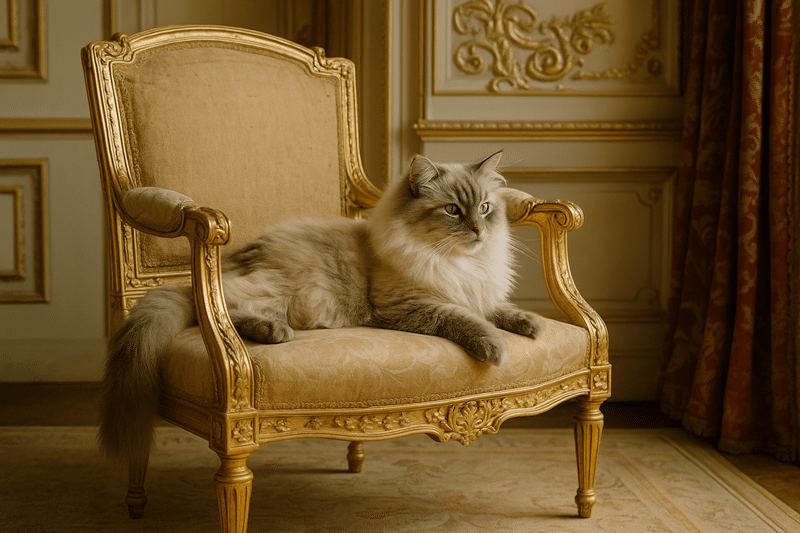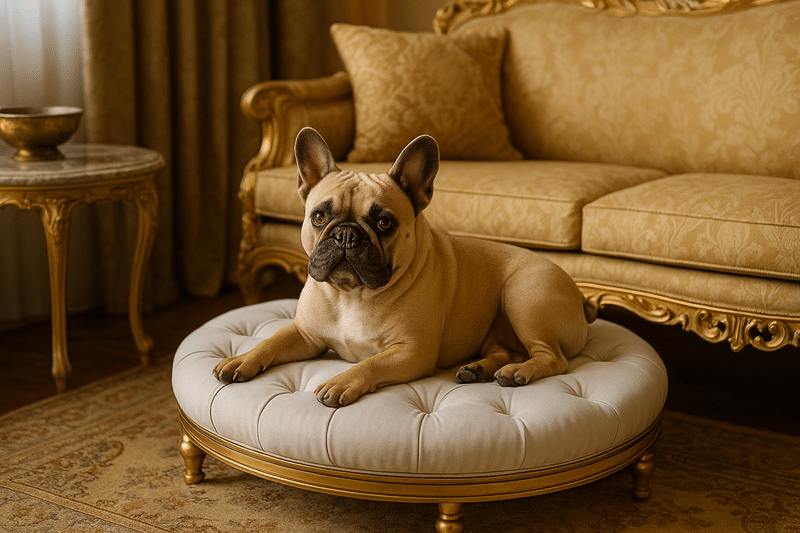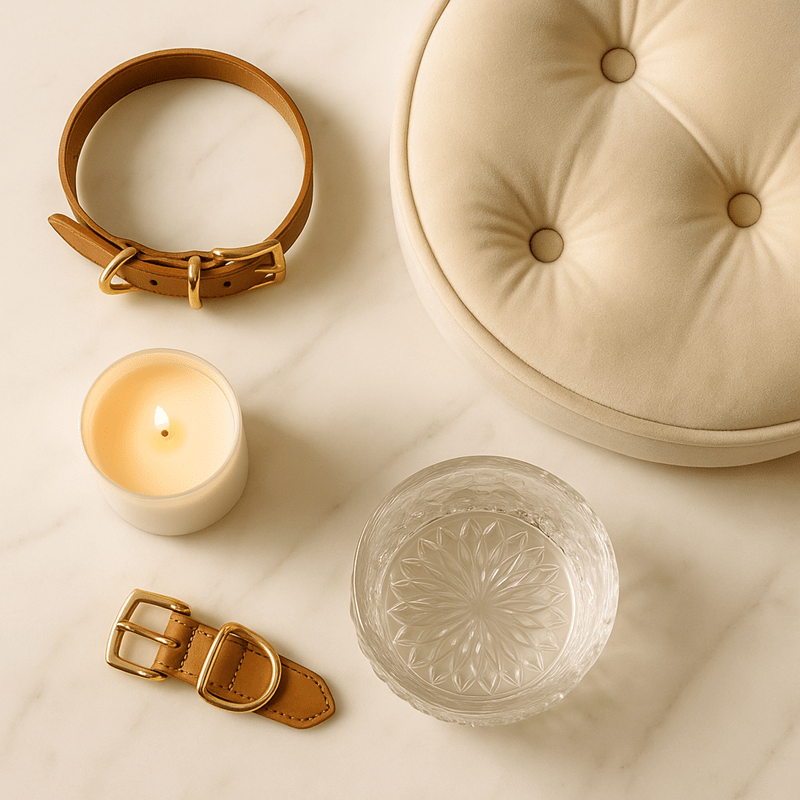In recent years, the pet industry has seen a noticeable rise in products labeled as “luxury.” But what does that term actually mean in the context of pet care? Is it simply about price, or are there specific qualities that define luxury in this space? This article explores the common characteristics that set luxury pet products apart—from materials and design to craftsmanship and availability—so you can better understand what you’re paying for when you choose higher-end items for your pet.
What Luxury Pet Products Really Mean

In general, luxury pet products are those designed with a focus on quality, longevity, and refinement. While the term isn’t formally defined, it often signals a product made with premium materials, skilled craftsmanship, and a particular attention to aesthetics and comfort.
Materials in Luxury Pet Products: Quality and Sustainability
Luxury products typically use materials that are more durable, sustainable, or safer than those found in mass-market items. Common examples include:
- Natural fabrics like organic cotton, linen, or wool
- Solid hardwoods and stainless steel for structure and hardware
- Non-toxic, BPA-free components in feeding products
The goal is to create items that last longer, feel better to the touch, and reduce potential health risks to pets.
Craftsmanship and Production Methods
Another defining feature is how the product is made. Many luxury items are produced in smaller batches or by skilled makers rather than mass-produced in large factories. This can result in:
- Stronger stitching or construction
- Better quality control
- Greater consistency and attention to detail
In some cases, luxury brands highlight their manufacturing origins—such as being handmade in the UK or sourced from ethical workshops—to convey transparency and care.
Design and Aesthetic Considerations
Luxury pet products often prioritize how a product looks as much as how it works. This includes minimalistic, modern design elements, color coordination with home décor, or bespoke options like monogramming. The idea is to offer something that complements a stylish home as well as serves your pet’s needs.
Functionality and Wellness Features

Some luxury items go beyond style to incorporate functional benefits for health and comfort. For example:
- Orthopedic support in beds for joint care
- Ergonomic design in feeders for posture
- Temperature-regulating materials in clothing or bedding
These features may reflect a deeper investment in animal well-being, often based on veterinary or behavioral insight.
Limited Production and Brand Positioning
Exclusivity can also be part of what defines luxury. This might include:
- Limited edition collections
- Custom-made or made-to-order options
- Brand narratives tied to heritage or craftsmanship
These factors don’t always impact the product’s physical function, but they can influence how the item is perceived in terms of prestige or uniqueness.
Summary: Why Definitions Matter
Understanding what defines a luxury pet product can help pet owners make more informed decisions—especially when weighing value against price. Rather than focusing solely on brand names or cost, consider how well a product is made, how it performs, and whether it aligns with your priorities for quality, design, and animal wellness.
For examples of luxury in practice, you can browse our curated roundups for luxury dog beds and cat beds—each selected based on these exact criteria.

